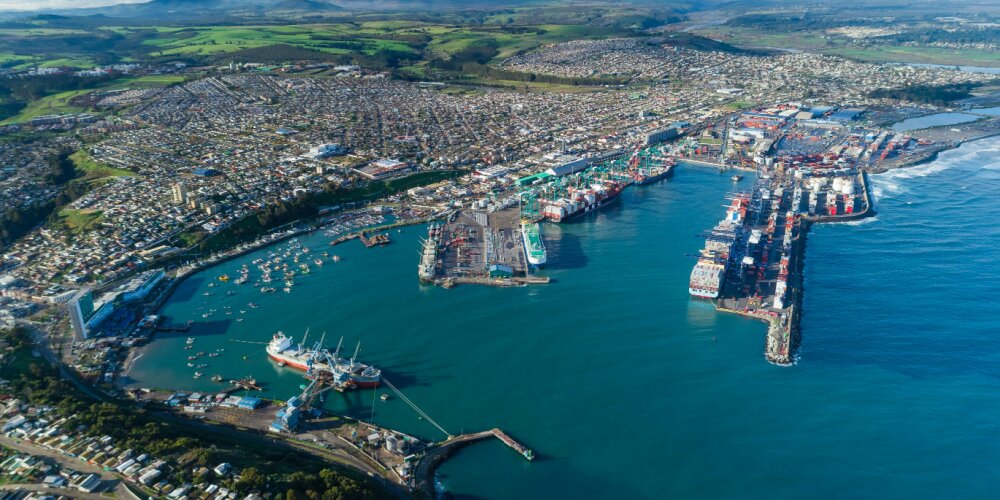Browse our services
Explore how Brookes Bell can help you
Find an expert
Meet our team, find and expert and connect
Contact us
Get in touch, we're here to help

Major Latin American port operator SAAM Terminals has announced that it has cut 10,500 tons of CO2 emissions from its operations by sourcing its electricity from 100% renewable sources.
The emissions cuts have been achieved across several of SAAM Terminals’ core operations, including the San Antonio, Antofagasta, San Vicente, and Corral terminals as well as the company’s Puerto Montt logistics centre. Combined, these locations reduced their carbon footprint by 41% compared to 2021.
To put the emissions savings into perspective, the 10,500 tons of CO2 not emitted is equivalent to the emissions of 2,290 average cars.
That SAAM Terminals’ emissions reductions are genuine and verifiable is evidenced by I-RECs (International Renewable Energy Certificates). I-RECs are an international mechanism used to promote and verify the use of renewable energy.
I-REC certificates are issued by the International REC Standard, an organisation that establishes global standards for monitoring, issuing and trading REC certificates.
Commenting on the emissions reductions, SAAM Terminals’ VP of Sustainability and Communications, Cristina Schmidt, said:
“An important part of our sustainability strategy is to move forward towards more eco-friendly operations. Year after year we strive to improve our processes: powering our operations with renewable energy certified with I-RECs is proof of that commitment”.
During 2023, SAAM Terminals’ operations were primarily powered by electricity sourced from Enel. Enel operates the Rapel hydroelectric power plant, which has been supplying clean, renewable energy for over five decades since its inauguration in 1968.
The switch to cleaner, renewable sources of energy isn’t the only area where SAAM Terminals has been innovating. The company recently invested $500k in a state-of-the-art crane simulator as a way to improve crane rate and unlock other efficiencies within their ports.
Ports are busy, industrious places; as a result, a variety of incidents and machinery and asset failures regularly occur.
Should you find yourself dealing with a port-based incident and need to find out why it has occurred, then speak to Brookes Bell today.
Our team is adept at investigating fixed object damage of all kinds, including (but not limited to); dock walls, lock gates, caissons, high-impact fenders, and dolphin-type berth arrangements.
For more maritime industry insights, news and information, read the Brookes Bell News and Knowledge Hub…
Investigating Bulk Carrier Crane Failure | Port of Salalah Receives First Cranes in $300m Expansion Project | Port and Terminal Risks: Quay Container Cranes